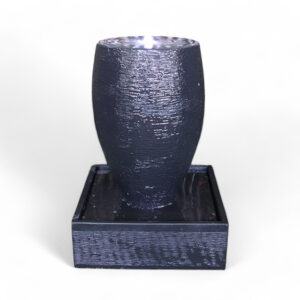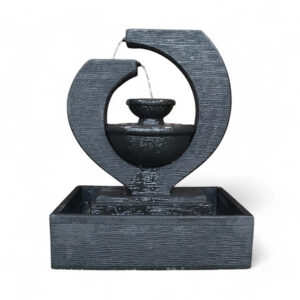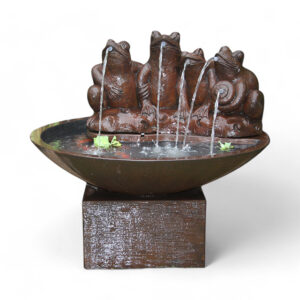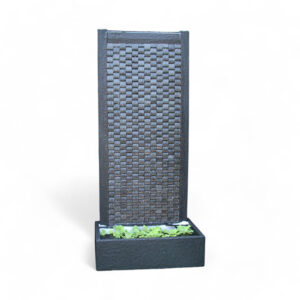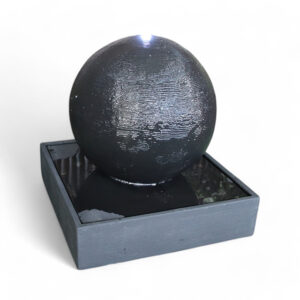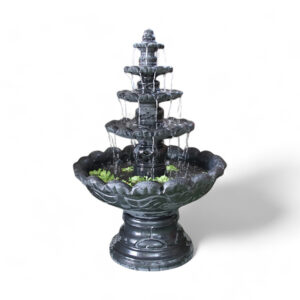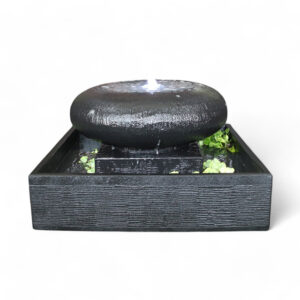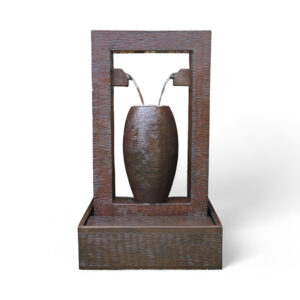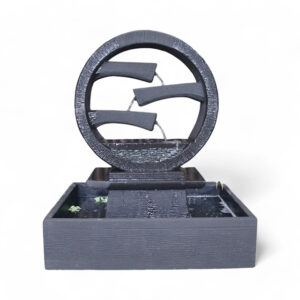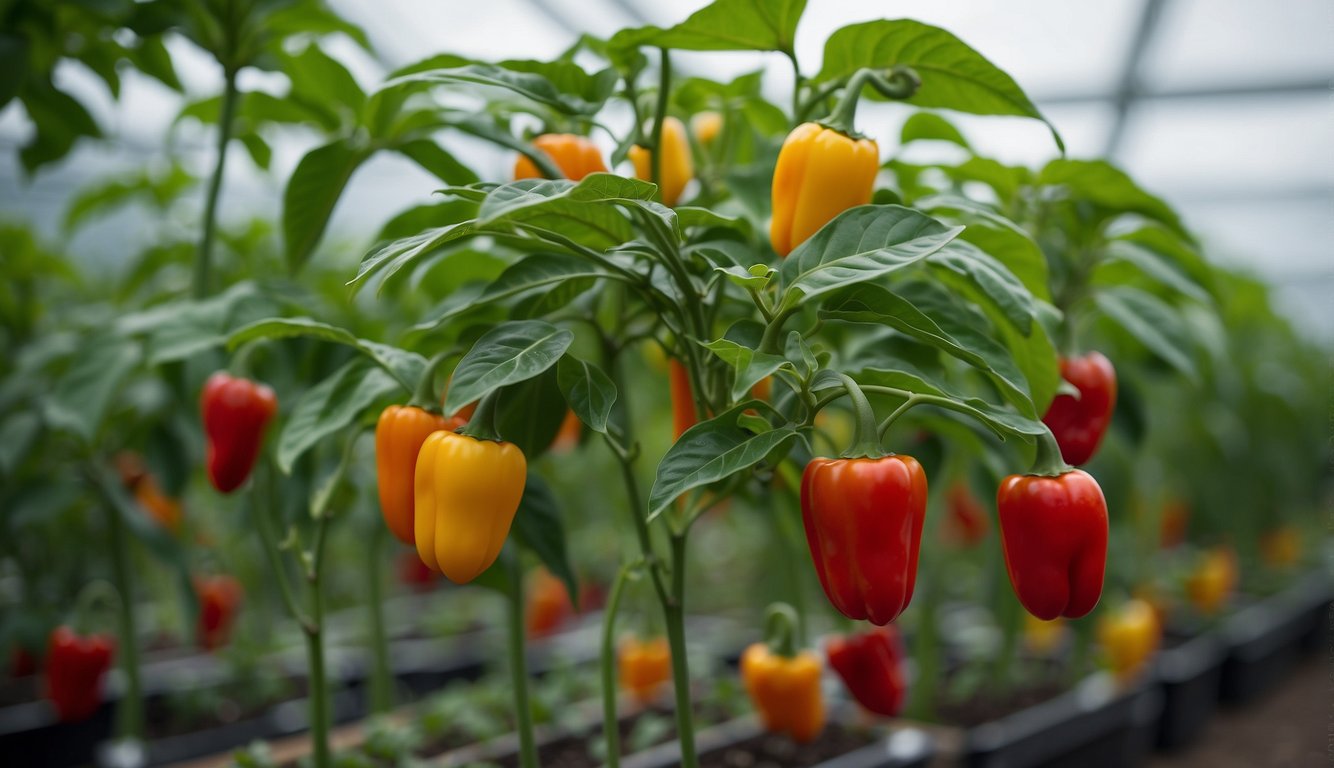Here’s an enchanting greenhouse story that begins in the heart of Tennessee farm country. Meet Dianne — a lifelong gardener whose journey is deeply rooted in the rolling hills, where childhood memories were made barefoot in the soil, helping her family plant, grow, and harvest.
Inspired by her mother’s award-winning blooms and generations of hands-on gardening wisdom, Dianne’s passion has blossomed into a breathtaking greenhouse haven—a space where beauty grows, stories are shared, and legacy takes root with every flower.
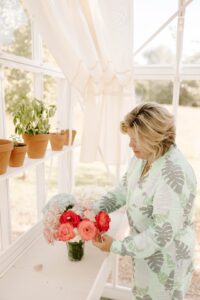
Dianne’s Orangerie Greenhouse Story
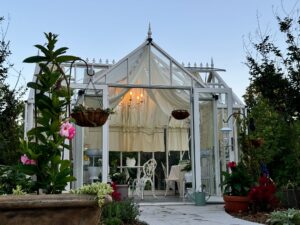
Personal Backstory & Connection to Gardening
You mentioned growing up on a farm. What were some of your earliest memories of plants or flowers?
I grew up on a dairy farm, and at one point, we had chickens, pigs, and rabbits. My dad would plant crops for the cattle, and as a little girl, I remember going to check the fields to see how they were growing, especially after a good rain.
My parents and my grandparents always planted a vegetable garden. My mom is a world-class grower and canner! We had ½ ½-acre garden with beans, broccoli, cabbage, tomatoes, cucumbers, peas, radishes, green peppers, watermelon, okra, and corn. So, I grew up eating all the good stuff!
My mom is 83, and she still is growing all she can. My mom started growing roses and always won 1st place in the county local fair, then she started growing dahlias and hydrangeas. That is when I fell in love with growing cut flowers. My mom and I have a great passion for growing beautiful flowers.
My earliest memories are visiting my parents’ vegetable garden and watching my dad till the soil. Then, we dig rows to lay out all the seeds or plants that would go into the soil. We always had loose soil, and I was in charge of watering the plants and covering them with the loose soil. Often, I would just use my bare feet to kick the soil over the seeds or onto the plants. It always felt so good for my feet to touch the soil.
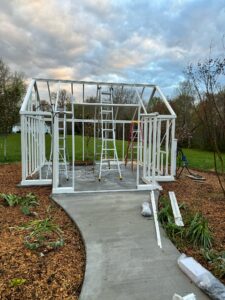
Where is your hometown?
I live in Putnam County, TN, about an hour east of Nashville. I shop and dine in Cookeville, a small but ever-growing town. People enjoy the slower pace and the beauty it provides. I live between two state parks: Window Cliff and Burgess Falls. My great-grandmother donated the land to Burgess Falls, and my parents’ farms border the Window Cliffs. In a five-minute drive, I have some of the most gorgeous scenery imaginable! My husband and I have been very fortunate to travel much of the world, and I just didn’t appreciate my area until I returned from several trips.
Even though you didn’t grow up with a greenhouse, did you ever imagine having one someday?
I did not even think about a greenhouse that much until a couple of years ago. My mom and grandmother have greenhouse windows in their homes, but I always remember how beautiful the plants were inside them. My house does not get a lot of natural light due to the covered front and back porches, so the idea of a greenhouse was very appealing to me. I crave sunlight and thought it would also be a great place to hang out!
What made you finally decide now was the time to invest in a greenhouse? Was there a turning point or moment that made it click?
I currently work from my home office in front of a computer, and I love my job. However, I also love the outdoors and want to be outside as much as possible. The greenhouse would be a beautiful structure; I might even work from it when the opportunity arises. It would be fun to watch seedlings grow and overwinter plants that I keep in pots around the house. I envision raising more cut flowers and having greater harvests!
Relationship with Growing & Giving
You love growing flowers and giving them away — where did that generosity come from? Was it something you and your mother always did?
My mom has inspired me to grow and give flowers away! She has always done it, for as long as I can remember! There is such joy to have such a beautiful flower, then know that you have grown it, and you can see the smile on a person’s face when they receive it. It is just an act of kindness that cannot go wrong. We often put together our fresh-grown flower arrangement for local parties, baby showers, etc. It is just pure joy to make something beautiful that everyone likes.
Can you share a moment when gifting a bouquet brought someone unexpected joy?
I don’t have an outstanding moment, but all the bouquets make me smile, and the other person does too! My dad is currently in the nursing home, and when I walk through the hallways and the folks say, “Those are beautiful,” and I can say, “Yes, I grew these,” it makes my heart full!
What does it feel like to walk into your greenhouse now and see everything blooming?
I feel a great sense of accomplishment! This year, I started ranunculus, anemones, snapdragons, bells of Ireland, yarrow, and lisianthus in the greenhouse, and they are now out in my garden, thriving! It feels so incredible!
Life with the Greenhouse
How has having a greenhouse changed the way you garden or the way you feel about gardening?
I even have a greater appreciation for gardening. Gardening is just like life. You give it your all, and sometimes it works and sometimes it doesn’t, but all in all, you learn from the experiences. You just can’t beat yourself up if it doesn’t go well. There are factors under your control and some that are not. But when it goes well, that is the best!
What flowers or plants do you love growing most in the greenhouse, and why?
I’ve only had my greenhouse for a year, so I have done many of the cut flower varieties. However, I plan to incorporate some raised beds to the side of the greenhouse for fresh veggies. I don’t want it to overwhelm my garden like my mom has now! So I’m looking forward to growing little tomatoes, peppers, cucumbers, rhubarb, strawberries, and herbs. I think it is wonderful to start making a dish and then harvest fresh veggies or herbs from your backyard!
Has it brought you closer to your mom or family in new ways? Do you garden together in the greenhouse?
My mom will send over seedlings to start in the greenhouse. We love talking about the tricks and tips of growing things. We are in constant conversation about plants!
People bonding over plants is a real thing!
What personal items have you placed in your greenhouse to make it your own?
I found a few cheap items on Facebook Marketplace, but of nice quality!
I have a wrought iron table and chairs, a console table, and plant stands for the entry. My children bought me a stainless steel sink for Mother’s Day last year, and then I purchased a stainless steel work table. I have a small plastic table that pulls out to mix my soil for seed plants. I also had a chandelier that I had bought for my house and did not use. I painted it white and then hung it up in the center of the greenhouse and I love the ambiance it gives at night! Outside, I have put up a shepherd’s hook with a plant on it, another one with a light, and I have placed stepping stones around the greenhouse that feed into my cut flower garden.
I also have a terra cotta pot my daughter made for me for Mother’s Day in 1998!
How do you integrate your greenhouse into your daily life?
I go to the greenhouse daily, and I’m constantly watching my seedlings or plants grow. It is very rewarding!
What drew you to the Antique Orangerie vs. other greenhouse models?
I was drawn to the Antique Orangerie because of its height and aesthetic. I also loved that the door was on the front of it. For my landscape design, I need the pathway to be short and go directly into the greenhouse. I didn’t want to enter it from the side, that would have been awkward. I also loved the double doors! It was just my favorite! I started visualizing it and just couldn’t stop seeing it!
I like the black models, but the white one incorporated into my aesthetic much, much better than the black one.
Did you assemble yourselves? How long did it take?
We had a group of 4 men from Nashville to assemble it. It took them a full week. They had put together the linear models but not the orangerie one. So it was more challenging than they thought it would be. But they did an excellent job.
How do you heat and cool your greenhouse?
I have a Mr. Heater natural gas unit that works great! On wintery days, it feels quite toasty in the greenhouse.
I have an exhaust fan, two Schaffer circulating fans, two slanted windows, and a mister.
How do your friends respond to your greenhouse?
My friends have been blown away; everyone who sees it is in awe! One friend just had one delivered last month. I would say they are “green with envy.”

Tips, Surprises & Lessons
What’s something surprising you’ve learned since becoming a greenhouse owner?
There is a learning curve to greenhouse growing! Mixing soil for seed starts was challenging. Then I put up grow lights, and boy, are there so many to choose from. It can be overwhelming. I usually do a lot of research before I invest in anything.
Then, I had to learn how long each set of seedlings needs light. Some require 15 hours a day, and some need much less.
Do you have a favorite gardening tip or ritual you always follow?
I look at any potential plant to see if I have the right environment for it to thrive.
The plant’s needs always come first. It’s not about you, it’s about the plant.
Give them a good start with rich nutrient soil, water them in, check them along the way, and give them what they need to thrive. Plants cannot be treated all the same. Like children, they require different amounts of different things to thrive.
All farmers must be good managers because they must tend to things along the way, or things can go sideways. But when you receive your harvest, there are so many blessings because you played a big part in it!
What would you say to someone who dreams of growing more but doesn’t think they have the time, space, or experience to start?
If this seed has been planted in your heart to grow things, just grow with it!
Starting small is the only place to begin; if you love it, you will find room for it. Passion fuels growth and the space. You will think of different and creative ways to incorporate plants into your world. My son and his wife live in Colorado in an apartment with over 200 houseplants! They have humidifiers going on like it’s a rain forest!
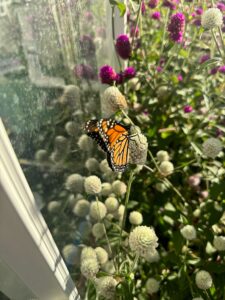
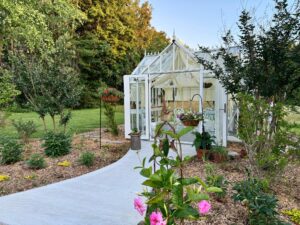
Emotional Resonance & Legacy
If your greenhouse could talk, what kind of story would it tell about you?
This crazy lady comes out here every day, smiles, and talks to us! I can’t wait to see what we can grow with her next! I think she really does care about us 🙂
What do you hope your flowers (and this space) will mean to others in the long run, especially your family or future generations?
I would like to plant six rows of peony plants beside my cut flower garden, which can live up to 150 years! They can outlive me. I hope my gardening legacy lives on through my children and grandchildren, and they come to love and appreciate what the Good Lord entrusts us to manage his earth. Flowers teach us that life is ever changing; they help us to live in the moment, not the future or the past. No one ever plants a seed one day and thinks a full-blown plant will emerge the next day. It teaches us patience and resilience. And good things take time.
My retirement goal is to have a small flower bus by the sea, where I can sell flowers and tea! And call it Flowers and Tea by the Sea. But that’s another dream, for another day!
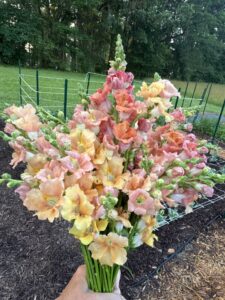
Share Your Greenhouse Story
Thank you so much for sharing your beautiful greenhouse story, Dianne. It’s clear how much heart and care you put into your garden, and your journey is an inspiration to us all. From seed to bloom, your love for growing shines through. Exaco wishes you endless joy, peace, and success in all your gardening adventures. May every plant you nurture thrive, and every dream you plant blossom!
Contact Us
If you’d like your greenhouse story featured on exaco.com, please email marketing@exaco.com to get started.




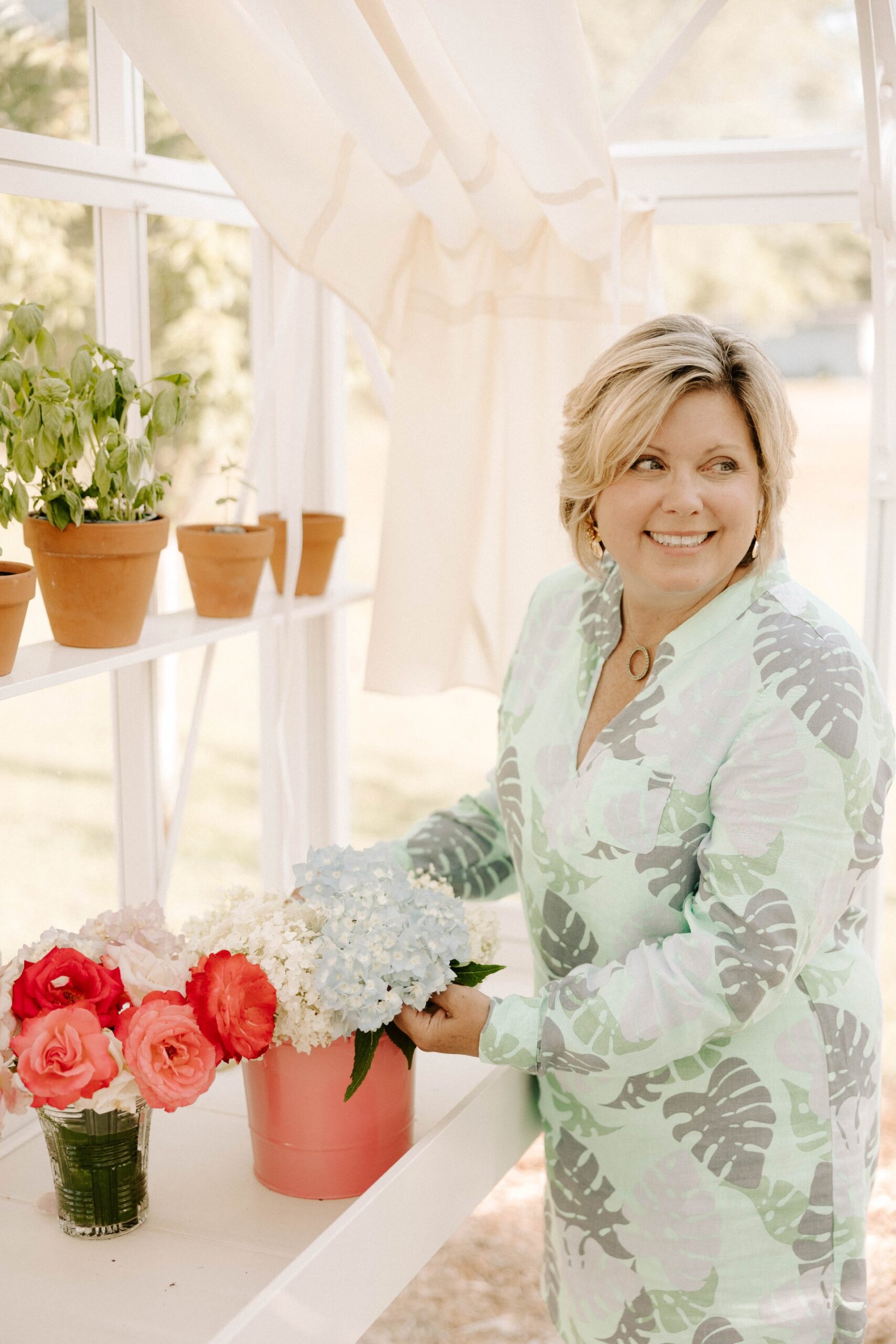
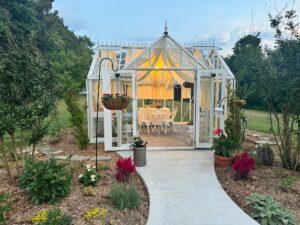
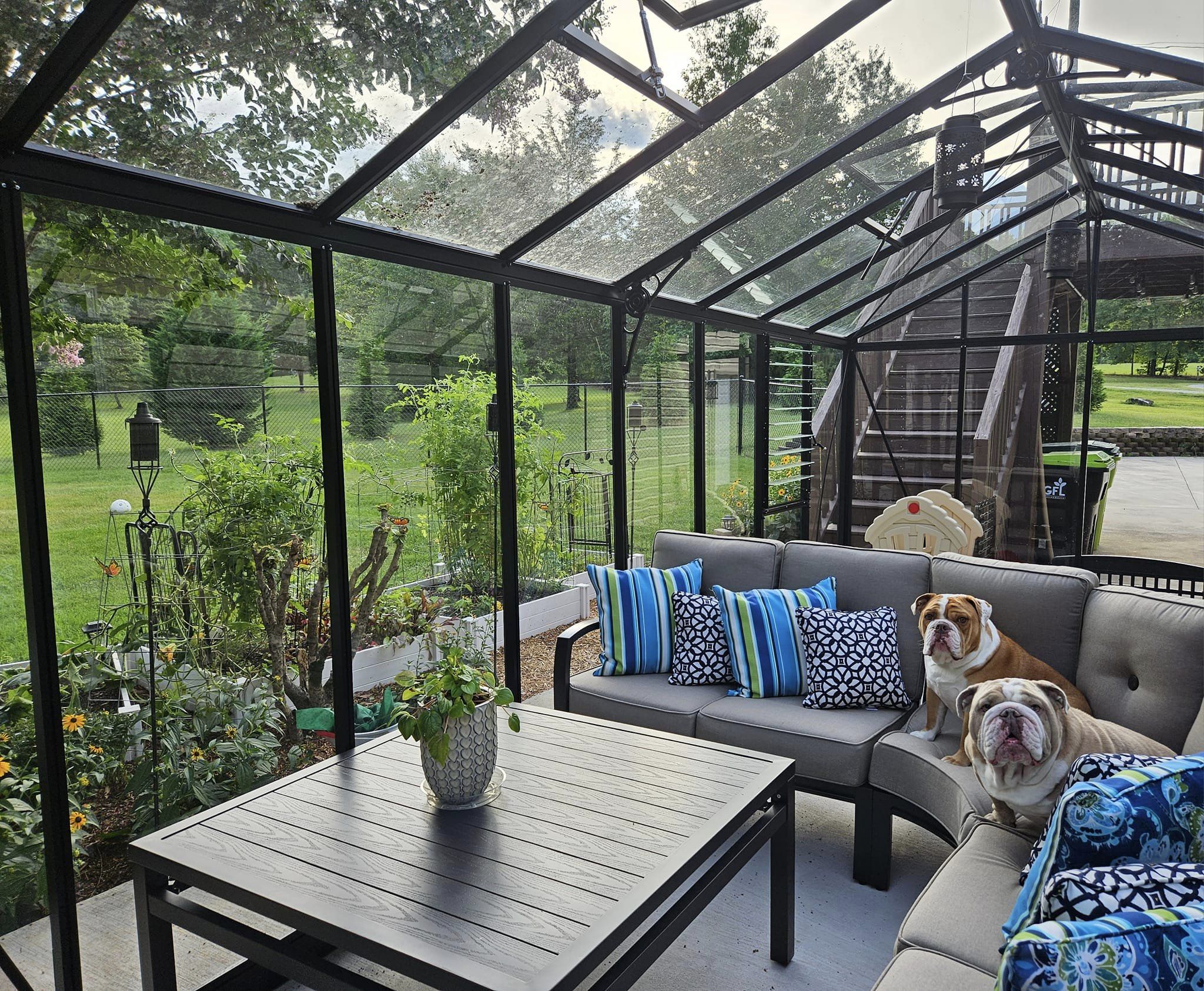
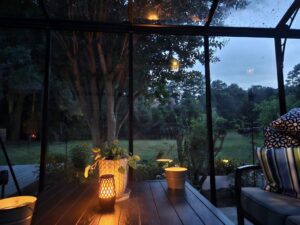


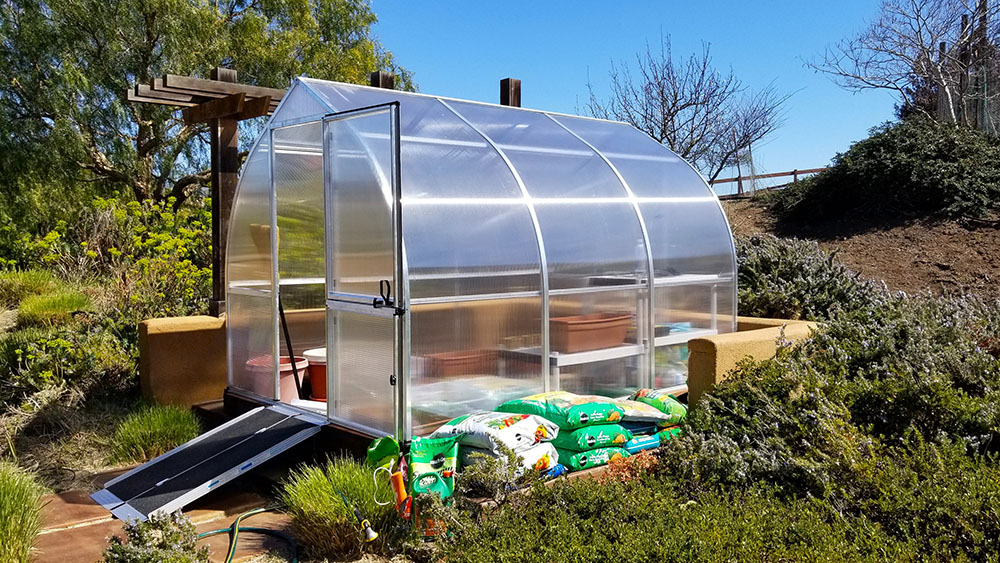
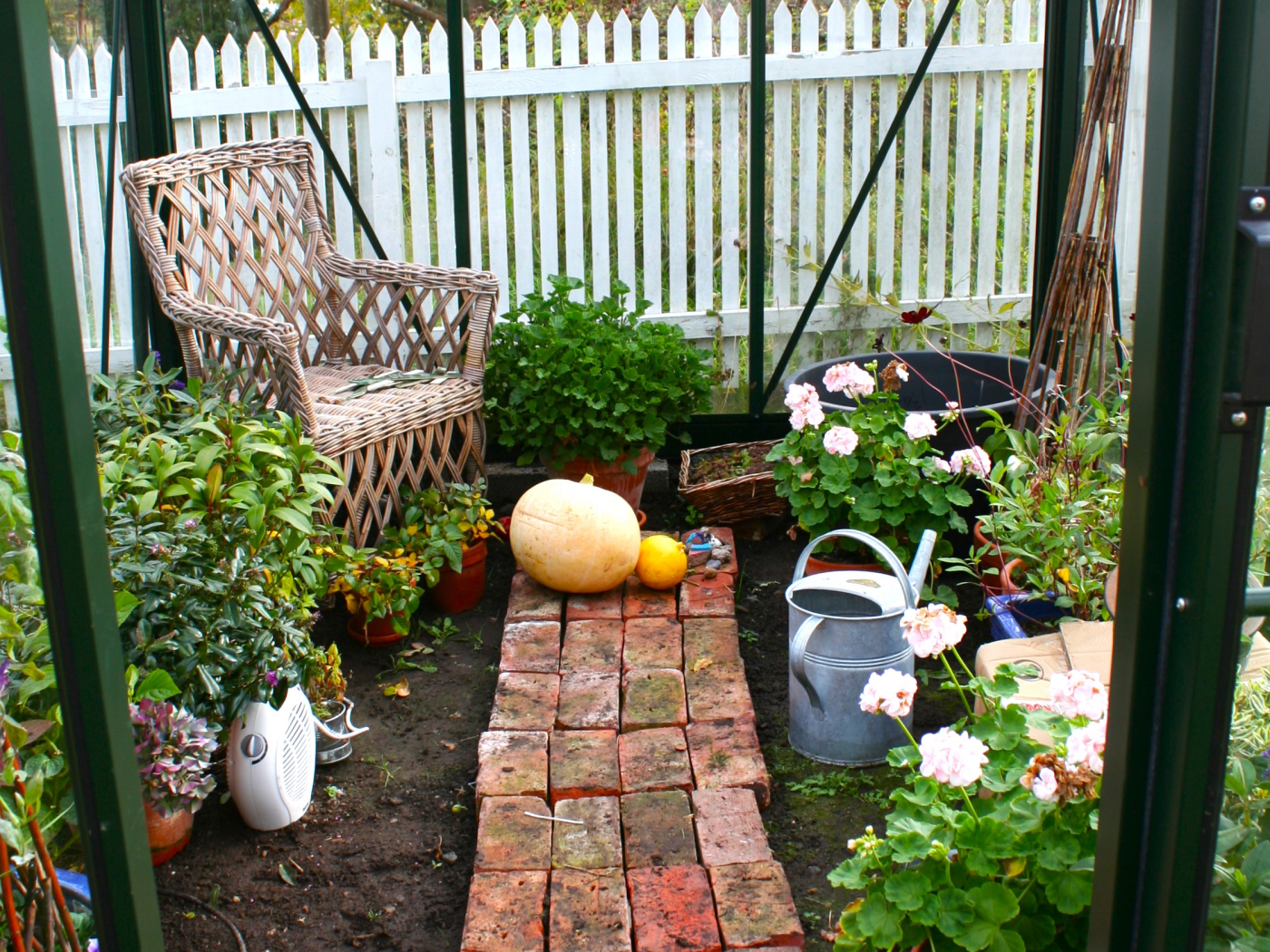



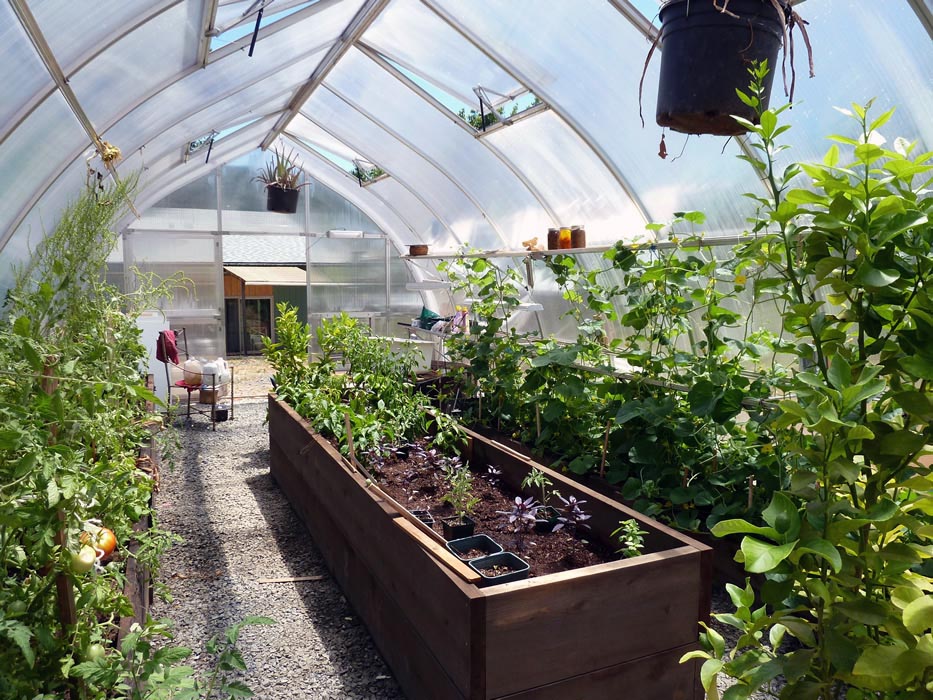
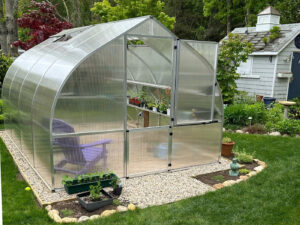
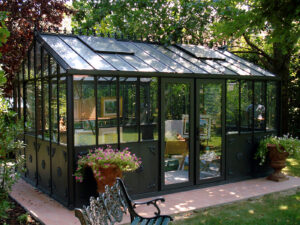




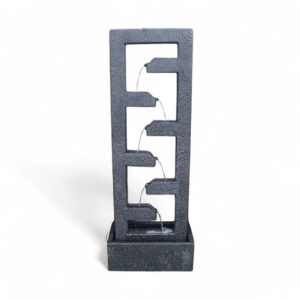 Cascade
Cascade